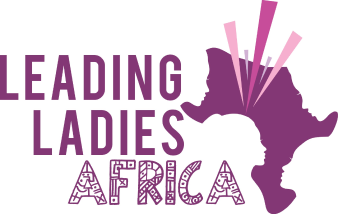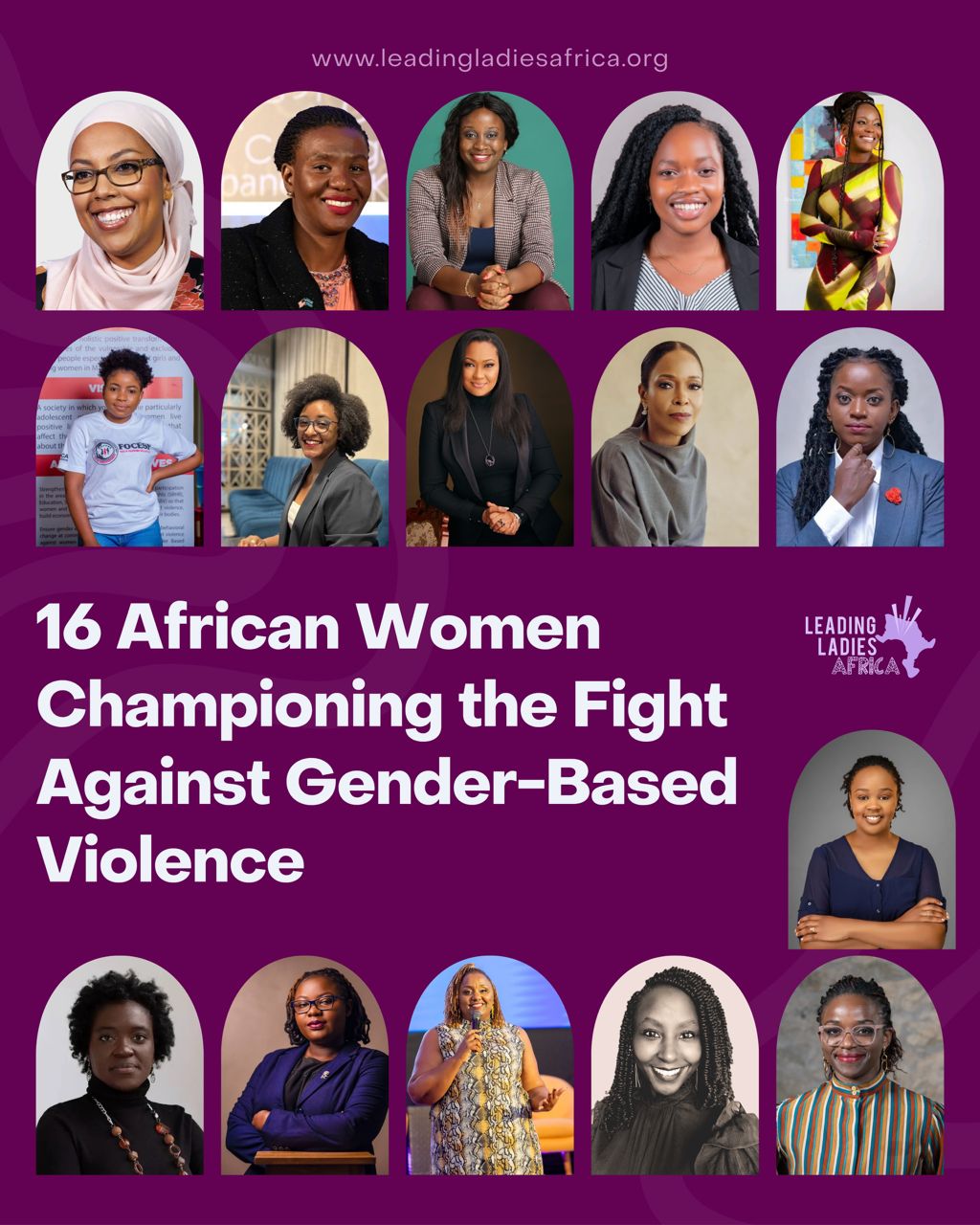We love how Sarah Nakintu is putting the western spotlight on African fashion. She is your not-so regular designer. Her brand, Kintu New York, is all about preserving old age craft in an unconventional chic way. See her thoughts on work, fashion and African women as you read our interview with her.
Who is Sarah Nakintu, and what does she do?
I am currently the Creative Director of Kintu New York, a brand I founded in 2015. We work with artisans around the world to produce premium leather goods. I was born in Kampala, Uganda and moved to the United States about 12 years ago. I attended Columbia University in New York where I’ve been living and working since 2008.
You launched your fashion brand, Kintu New York, in 2015. How have you managed to successfully build it into a functional ‘must-have’ in such short time?
We are still building the brand I think that work is never done and we are so new but our success thus far has come from our vision – working with artisans and preserving old age craft, using great materials and quality workmanship to present people with amazing bags that have a great story behind them, are well made, well priced and functional.
While starting out, what was your first major business setback and how did you handle it?
I wish there was just one major setback! There are several setbacks to anyone starting a business who’s not rich or coming from a wealth family. One is money. I started Kintu while working a full time job and funding it from my savings and monthly salary. This was not easy while living in New York. Funding is always an issue until a brand is well established. This is a capital intensive business so we are actually in the process of raising our first round of investment.
You showcase African fashion in a quite unconventional way as opposed to the use of African prints and materials. What inspired that niche?
When we hear of “African inspired” in fashion our mind always goes to African prints or beading but really there are so many ways to showcase African inspiration besides beading and prints. This is actually something I’ve had to sort of educate people about. We showcase African inspiration using modern hand drawn animal prints for example on grey leather which is a completely different way of seeing that inspiration in a new light. I am an African living in New York, traveling the world and adapting so the niche is inspired by me being a modern representation of my continent and how I see it from all the different angles.
Your designs are an end mix of Asian and African craftsmanship. How do you maintain discipline and ensure that you get the right results across both cultures?
The credit here goes to the artisans we work with. They really are the experts and we learn from them. When we worked with the artisans in India for example, they brought so much to the table even in the design phase teaching me their craft and how our vision could be realized in the silk weaving process.
You are passionate about communities preserving their craftsmanship. What fashion craftsmanship do you think is being left to waste in Africa?
I wouldn’t say left to waste because I think many fashion houses are moving to the African continent silently and doing really great work. I do think the hardware and iron casting sector that’s known to Kenya for example is something worth exploring, growing and preserving. We worked with artisans in Kenya to make the hardware for our bags and it was not a painless process. There’s need for machines that can make their work easier.
What has been your most inspiring moment in the course of your job?
There’s been a few moments but maybe one persona moment is when I showed my Dad a Kintu bag with our family name “Kintu” on it. I think secretly he was very proud but obviously as an African man, he could not visibly show that he was excited about a purse!
What is your take on the present evolution of the African fashion industry?
I think it’s a really exciting time for African fashion. As I mentioned, I know of many big brands that are producing collections in different African countries and this really sometimes is a function of the many African designers that showcase the craft and then it echoes around the world.
If you had the choice of working with a female African designer, who would it be and why?
I would say a few but I really love Maki Oh, I think her work is stunning. Her work is modern, edgy and really well made. I can wear all her stuff and this is for me important because I would not want to work with someone whose stuff I can’t wear. I really love Lisa Folawiyo too. So these two ladies, definitely!
How has being African inspired your sense of style and fashion choices?
In many ways. First off, I think it has helped me embrace my individuality and from there I create my own fashion sense. It’s good to watch trends but not every trend is good for me, it’s important for me to set my own trends and wear what I feel is comfortable or what represents me as an individual. The way I wear my hair for example is a personal choice. I don’t care if long hair is trending.
What fashion item will you not be caught wearing?
I’m such a minimalist, I really subscribe to the less is more concept. I don’t know if it’s a particular item but I am very particular with materials. I have a thing against velvet. I hated velvet in the 90’s and still don’t like it today. I was completely mortified when I saw it make a comeback recently!
Which top three African women do you regard as your style icons?
My first fashion or style icon was someone many people might not know – Princess Elizabeth Bagaaya, a Ugandan Princess from the Kingdom of Tooro. She was Uganda’s first female lawyer who during her time in exile became a very successful model and cover girl. As a young girl, she met Jacqueline Kennedy Onassis who convinced her to move to New York. Growing up in Uganda, I was obsessed with her photos in magazines, she was graceful, beautiful and looked very much like me. I loved her clothes, she was wearing the puff sleeves and looked like a modern day Princess. I do look up to Iman. I think she’s the definition of grace. I also regard African women in general as style icons – I’m obsessed with Nigerian women and how they wear the Aso-ebi and gele, how they match the colors and jewelry. The ladies in Southern Africa in their traditional Shweshwe dresses and wraps. There’s so much style inspiration there.
You do love to travel. What is your favourite fashion city in the world?
It has to be New York although I really love Paris as well. The thing about New York that you don’t see in many places is individuality. Everyone has their own interpretation of fashion and style at every price point.
If you were not into fashion production, what other sector of the industry would you be involved in?
I think tech for sure. I worked in tech before and it was amazing.
What special project[s] are you working on at the moment?
We are launching our first collection in stores at the moment, we are available in a few high end stores like KaDeWe in Germany and a few others so this is a busy time for us. In addition, we are working on a new collection, our second collection which will be amazing along with raising money in our series around.
The Leading Ladies Africa Series is a weekly interview series that focuses on women of African descent, showcases their experiences across all socio-economic sectors, highlights their personal and professional achievements and offers useful advice on how to make life more satisfying for women.
It is an off-shoot of Leading Ladies Africa, a non-profit that promotes women empowerment and gender inclusion for women of African descent.
Do you know any woman of African descent doing phenomenal things? Send an email to editor@leadingladiesafrica.org and we just might feature her.








